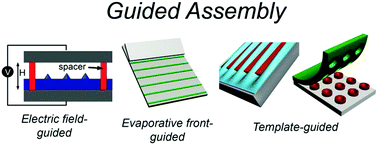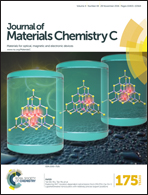Micropatterning by controlled liquid instabilities and its applications
Abstract
Robust, reproducible patterning over large areas is essential to the fabrication of miniaturized devices. When production and cost-efficiency are concerned, guided-assembly is a promising strategy for patterning that combines the advantages of both the top-down and bottom-up approaches. Most guided-assembly methods are enabled by controlling the instabilities of liquid solutions or polymer melts to be patterned. These instabilities can be observed in different ways according to the patterning strategies. This article reviews the strategies for micropatterning that are based on the manipulation of liquid instabilities, covering both physical principles and experimental demonstrations. Specifically, we discuss four types of liquid instabilities, which can be controlled for the reliable formation of micropatterns: (i) localization of the instability under an electric field, (ii) adjustment of the evaporation front line during solvent evaporation, (iii) template-directed selective dewetting, and (iv) hierarchical capillary instability for generating complex patterns. We also highlight future prospects of the instability-driven micropatterning techniques.


 Please wait while we load your content...
Please wait while we load your content...